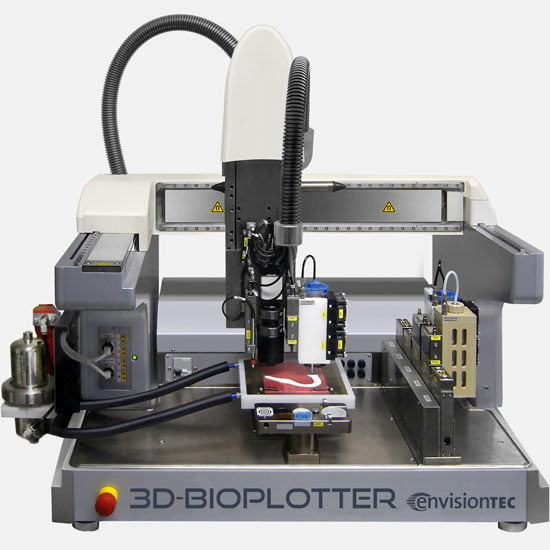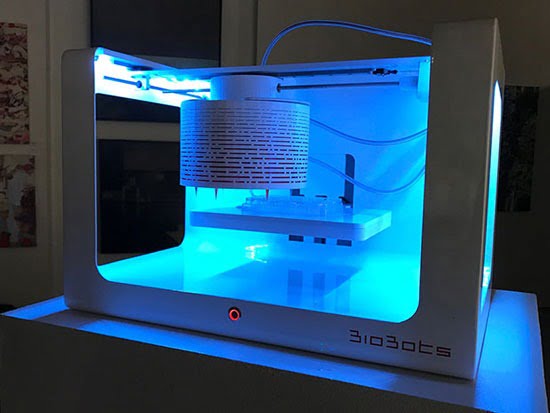
The generations that grew up in the 20th century were trained to use specific symbolic representations in encoding the world. Among these, the images of “construction” and “building” had a generalized symbolism. Almost everything could be represented using these images: relationships are “built”, consensus is “constructed”, empires are “built”, personality is “built”, prerequisites are “constructed”, etc., etc… It is an imagery drawn from the dominance of industry, urban planning, and classical engineering. It seems, however, that the generations of the 21st century will have to get used to other encodings: life will no longer be “built”, but will now be “printed”.
3D printers are nothing new, but their development and applications have now moved beyond the stage of creating simple geometric shapes. 3D printers are printing vehicles, bridges, houses, parts for more advanced 3D printers, food (don’t be alarmed, it’s true), and now you can even get a relatively cheap machine to print living tissue.

It’s no novelty! For example, the 3D-Bioplotter (above, €180,000, dirt-cheap by research standards) is already used extensively in research labs for more advanced printing. Its latest feat was printing a mouse ovary, implanting an egg inside it, transplanting the whole thing back into a mouse, and eventually producing perfectly healthy baby mice (just what the world was missing: mice with a health certificate…). BioBots, for its part, is investing in making the printing of human tissues and organs routine. The 2015 BioBot-1 printer (below) costs only €9,000 and covers a wide range of tissue printing, from skin all the way to heart valves. With the €30,000 BioBot-2 due out at the end of the year, the company aims to make printing body parts even more user-friendly. Users will upload their printing parameters to the company’s cloud, special software will translate the data into a protocol for the printer, and after printing dedicated meters and sensors will run a battery of analyses to check the compatibility and health of the printed tissue. In addition, BioBots has launched ready-made, pre-processed tissue kits (think frozen french fries), such as cartilage or bone, to streamline and speed up the printing process.
It goes without saying that the conditions printed within the framework of the paradigm bioinformatics change radically alter the traditional interpretations of the world and human beings.
What kind of personality will the 21st-century human print?
